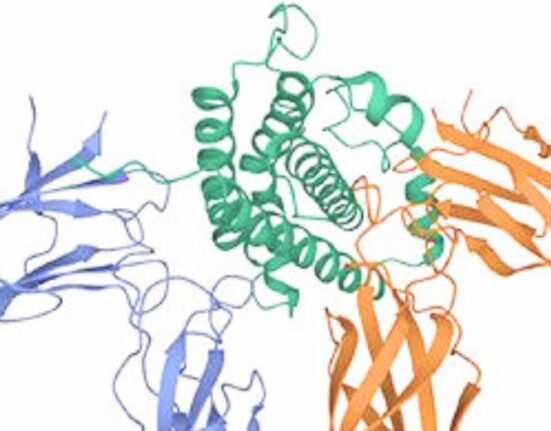HQ Team
December 1, 2022: Seagrass can reduce cliff erosion by up to 70% due to its root mats binding the sand, a study found.
“We have seen that seagrass meadows in the coast are valuable assets in mitigating erosion,” said Eduardo Infantes, a Marine Biologist at the University of Gothenburg and the lead author of the study.
“We already know that their long canopies serve as breakwaters, but now we can show that their root mats also bind together the underwater dunes, effectively reinforcing them.”
Coastal areas are home to major cities globally and house about 40% of the world’s population. Climatic changes have resulted in rising sea levels and flooding in these regions. Unsustainable development is a crucial factor.
The erosion has a significant economic impact as it affects fishermen’s livelihood, shipping, agriculture and tourism.
Implementing anti-erosion measures such as beach nourishment, levees, and seawalls can help to mitigate these economic damages.
$500 million loss
In the US, coastal erosion contributes to about $500 million in coastal property loss. Estimates suggest that the US has lost wetlands more significantly than the state of Rhode Island due to erosion occurring between 1998 and 2009 alone.
Replenishing the coast and beaches with new sand in locations where storms wreak tremendous havoc can prevent erosion.
Eelgrass is a seagrass species that grows along Sweden’s coasts, and there are areas with large seagrass meadows growing on the bottom sediments, such as in Skåne, according to the study. In other places, the seagrass has disappeared altogether.
“This not only represents an ecological loss, but it can also mean that the coast becomes more vulnerable to erosion. As the climate changes, storms risk becoming more powerful, which can increase coastal erosion.”
The researchers took samples of sandy sediments with and without common eelgrass from several sites and placed them in a large tank capable of simulating waves.
The experiments demonstrated that waves erode the sand far less when seagrass grows.
Muddy seabed samples
The researchers also took samples from muddy seabeds but found that the effect of the seagrass there was less. “However, this matters less since muddy seabeds are most commonly found in fjords and other areas that are less exposed to waves.”
The next step will be to move out of the laboratory environment and take measurements of sand erosion on an exposed shoreline along the coast.
About 8% of the world’s population live in areas that are less than 10 meters above sea level. Rising sea levels may see many people affected by coastal erosion.
“This is why it is even more important to preserve those seagrass meadows that still exist today and to replant seagrass in those places where it has disappeared.
“In our research, we have made successful attempts to restore common eelgrass meadows on the Swedish west coast, but if such replanting efforts are to succeed, there is a need for detailed studies of the current status seabed environment,” said Infantes.








